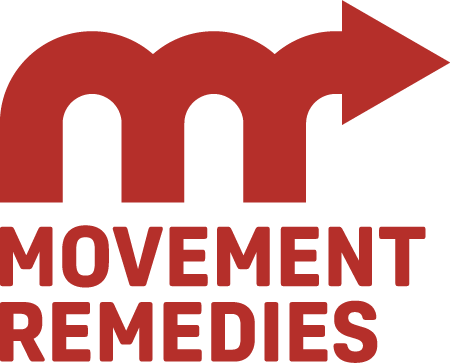
Pilates Paranoia and the Truth About Belonging as a Teacher
The teachers who have impressed me the most are the ones who build others up without strings attached and cultivate cohesive communities. These are people who are crystal clear on the values that underpin their teaching and the exact population around which they orient their services. These, in my opinion, are the foundational pillars of both a compelling brand and a fulfilling career. It’s not enough to just understand the Pilates system, because that’s not novel. We have entered an era of differentiation where market savviness and self-awareness are essential to thriving as a teacher.

Obstacles to Physical Activity and How to Overcome Them
It’s so patronizing to assume that people aren’t living up to physical activity recommendations simply because they are too stupid to know what’s good for them. Unfortunately, I don’t think the health and wellness world is going to drop that tone any time soon, so the materials we read and the messaging that makes it to the news is going to continue to be, “Hey, guess what?! Physical activity is beneficial for your health! Aren’t you glad we told you?!” Then, it’s the job of curious and self-reflective movement educators like myself who, once knowing better, can do better.
I think there’s a lot of things that get in the way of regular physical activity for most people, but here’s the three I think matter most.

Guiding Principles for Teaching Movers with Chronic Pain
In response to recent discussions with movement educator communities, I put together a list of guiding principles for instructors looking to create a successful movement experience for chronic pain sufferers. In my opinion, this represents a solid foundation for getting started with clients on a movement-through-pain journey.
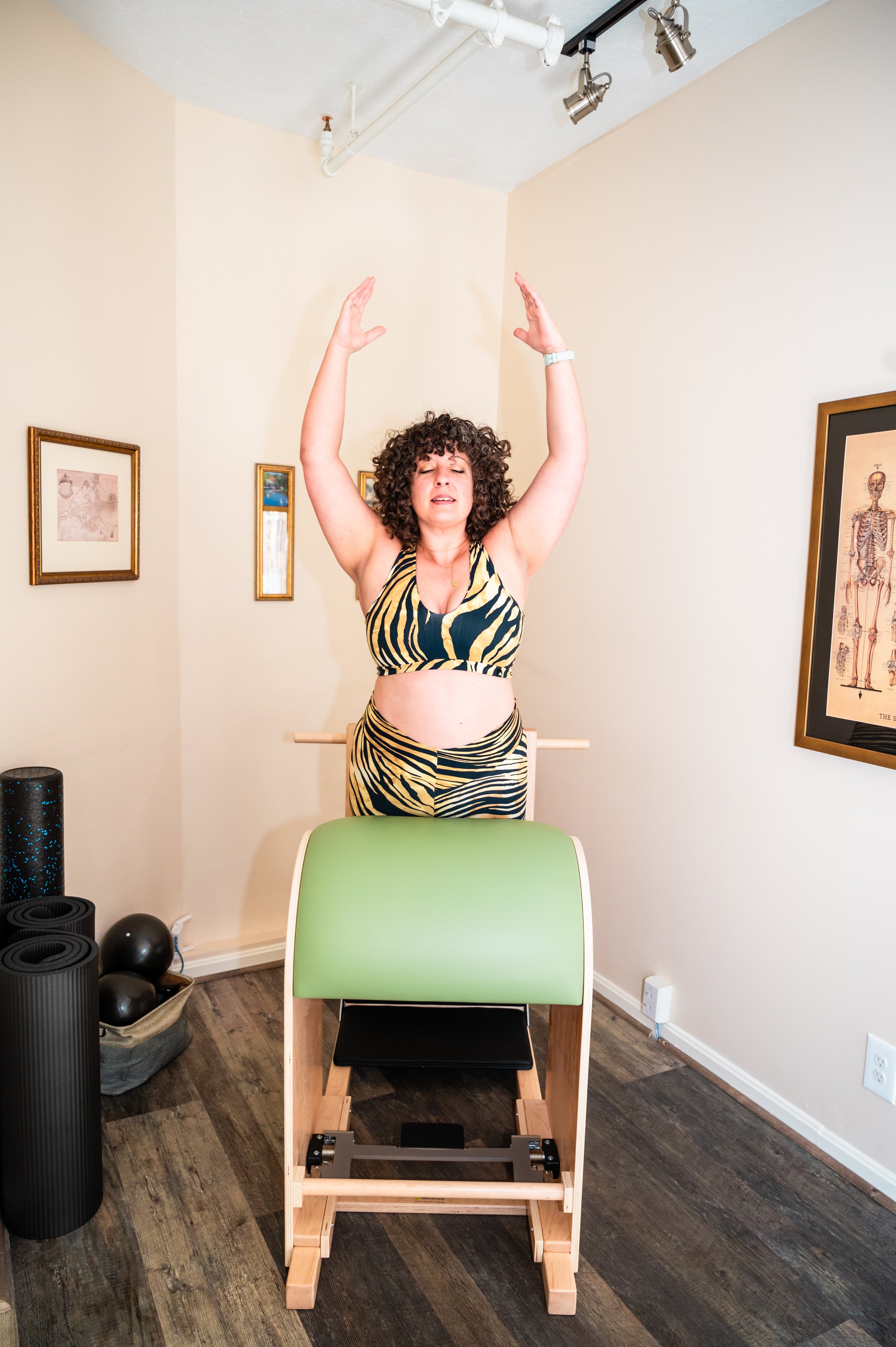
Finding Balance After Self-Care Overwhelm
As I found myself reflecting over the recent holiday break and wondering what is next for me, my business, and my journey in life; the self-care overwhelm set in. With so many tools at my disposal, my attention has been scattered, my efforts came in fits and starts, and then I would feel guilty about the things I had purchased that were gathering dust on the shelves (or in my inbox). If I were to take every single tool and book and course that I had compiled, there simply would not be enough time for me to do anything but self-improvement full time for the next 12 months. It's just not sustainable. I felt trapped. I had to come face-to-face with the fact that there is such a thing as too much self-care. I started wondering how I could approach my path to betterment in 2025 in a way that felt balanced and supportive. And sufficient.
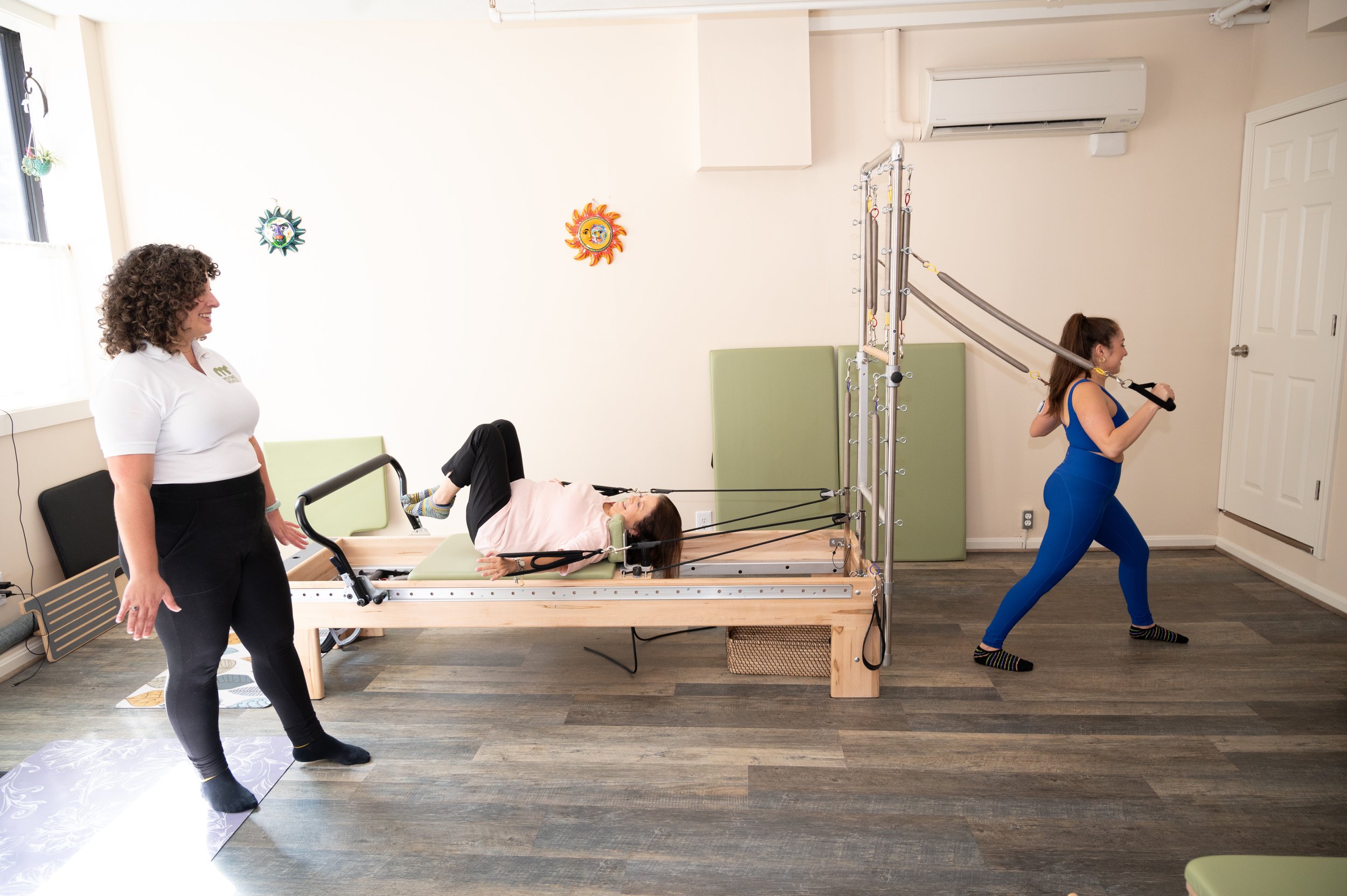
When it Comes to Movement, Less Really is MORE
Over and over again I have seen that intentional movement every day, for ANY amount of time is far superior to doing nothing at all, or even doing one super strenuous thing one day a week. What we want is to train our bodies and minds to maintain, and maybe even expand, functional ability over our lifespans. It is the long game we are after. Also, we want to figure out the incredibly difficult conundrum of making enough time and space in our lives to nurture our bodies and minds. Everything about our modern lives fights this and so trying to just make room for movement in any way is a big win all on its own.

My Response to the Most Asked Question: What Exercises Will Help my Pain?
When it comes to chronic pain, there is no single answer or framework that I use when teaching movement. People are often seeking a particular set of exercises or some kind of transformative formula that can be applied to everyone’s pain situation. But it just doesn’t work like that. Each person will have unique obstacles, limiting beliefs and blindspots that require tailored attention. What I have found makes the difference is not so much what exercises you are doing, but the intention, consistency and accountability surrounding the movement practice.
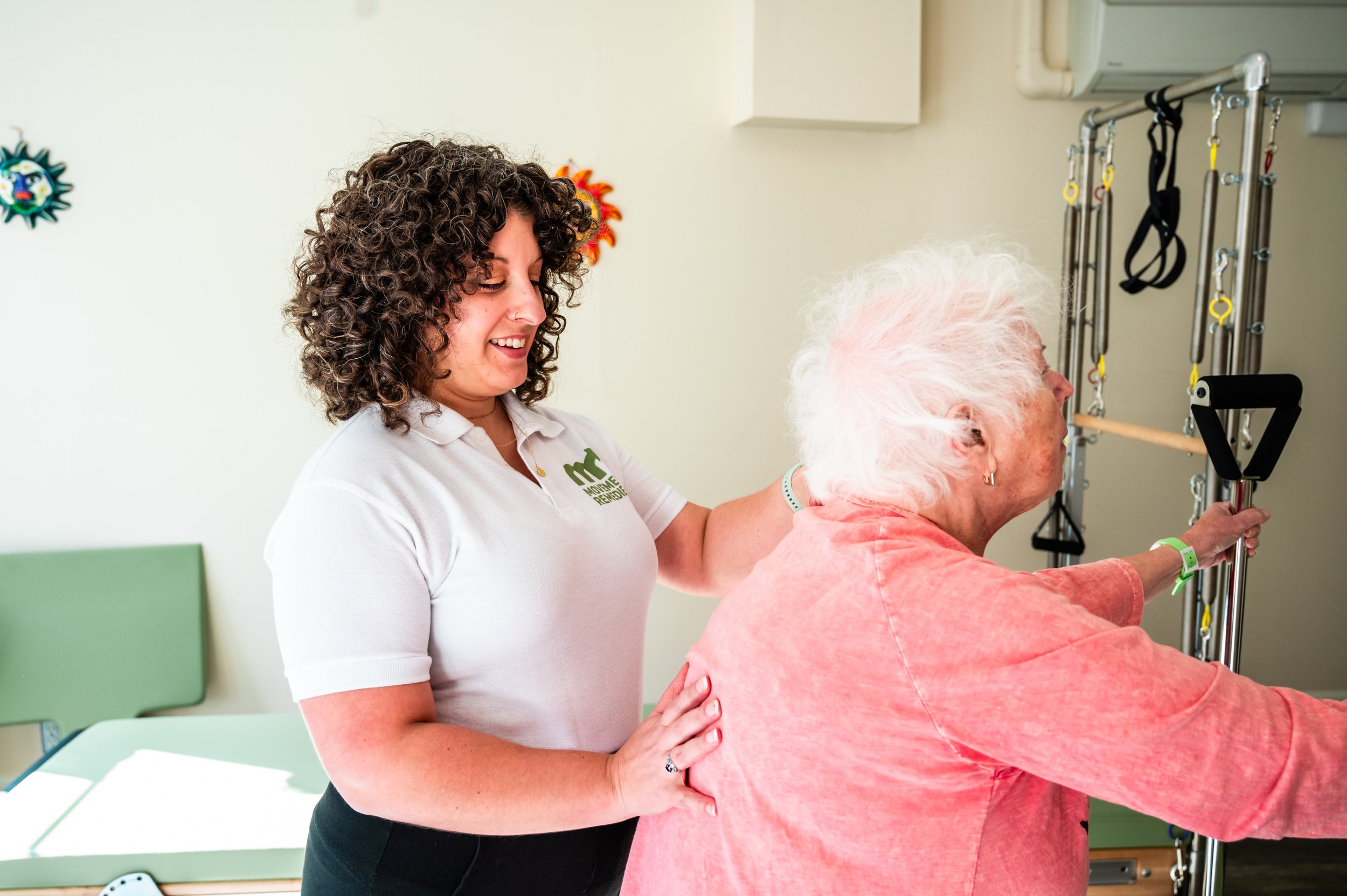
Busting the Myths Around Gentle Movement
Gentle movement often gets a bad reputation as the “activity of last resort;” an inferior set of exercises for people who have limited strength or mobility due to recent injury or the effects of ageing. This of course stems from the implied belief that exercise is only “good” or “enough” if we can use words like “burn” or “struggle” or “misery” to describe it. Of course there are benefits of raising the heart rate to a point where cardiovascular conditioning happens. But this doesn’t mean that exercise is only good when this occurs. Emphasising this kind of activity as superior to all others ignores the very tangible mind and body benefits of movement having nothing to do with heart rate or calories burned.
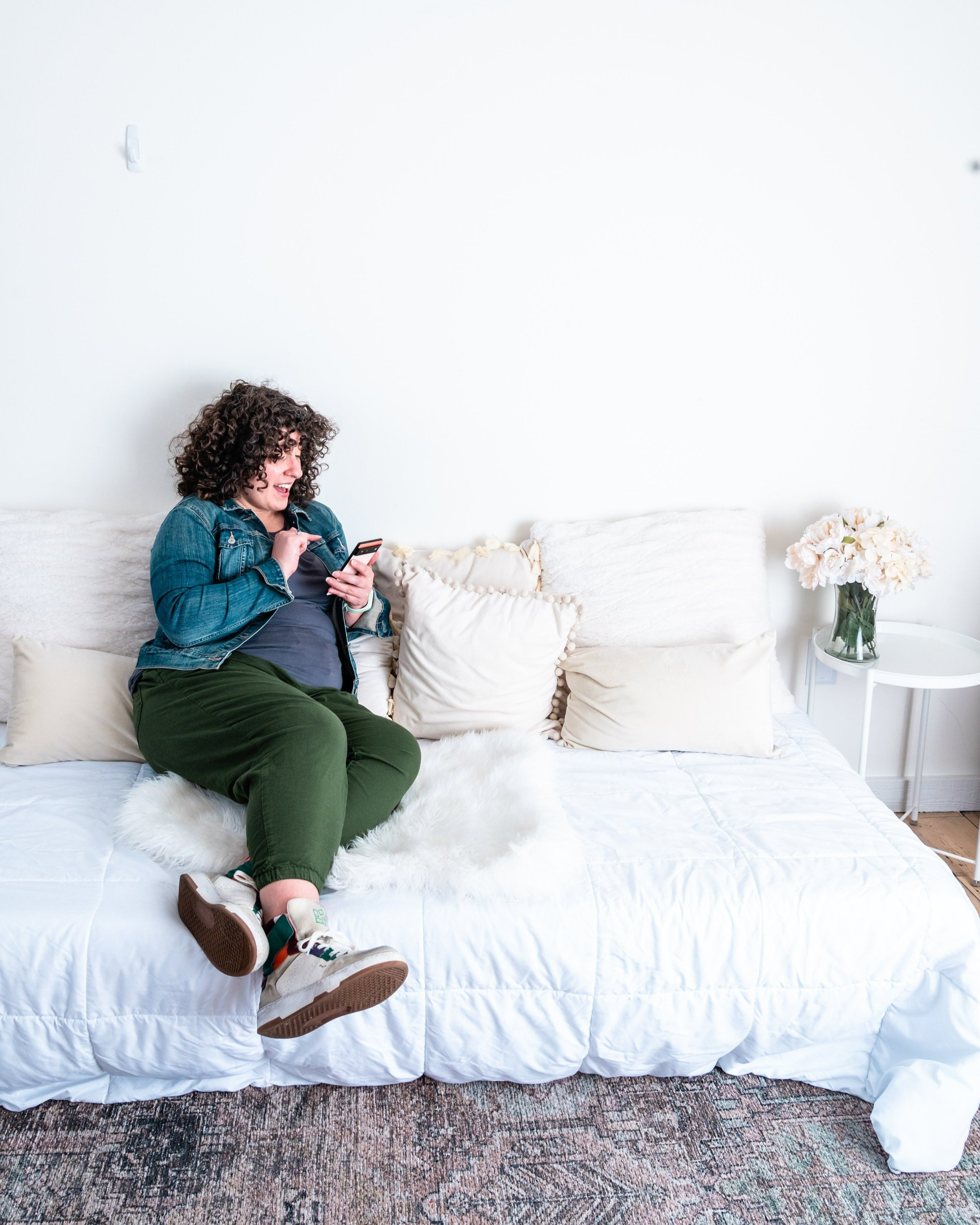
Struggling with Body Trust in Perimenopause
If your relationship with your body has been anything like mine, you spent most of your teens and twenties fighting it; wishing it were different. Then your thirties was a time of reconciliation and learning to work as a team. And then comes the forties, with its dreaded perimenopause. And it's almost like you’re back to square one. Here’s the ways in which I am finding I need to work extra hard to cultivate trust and confidence in my body.
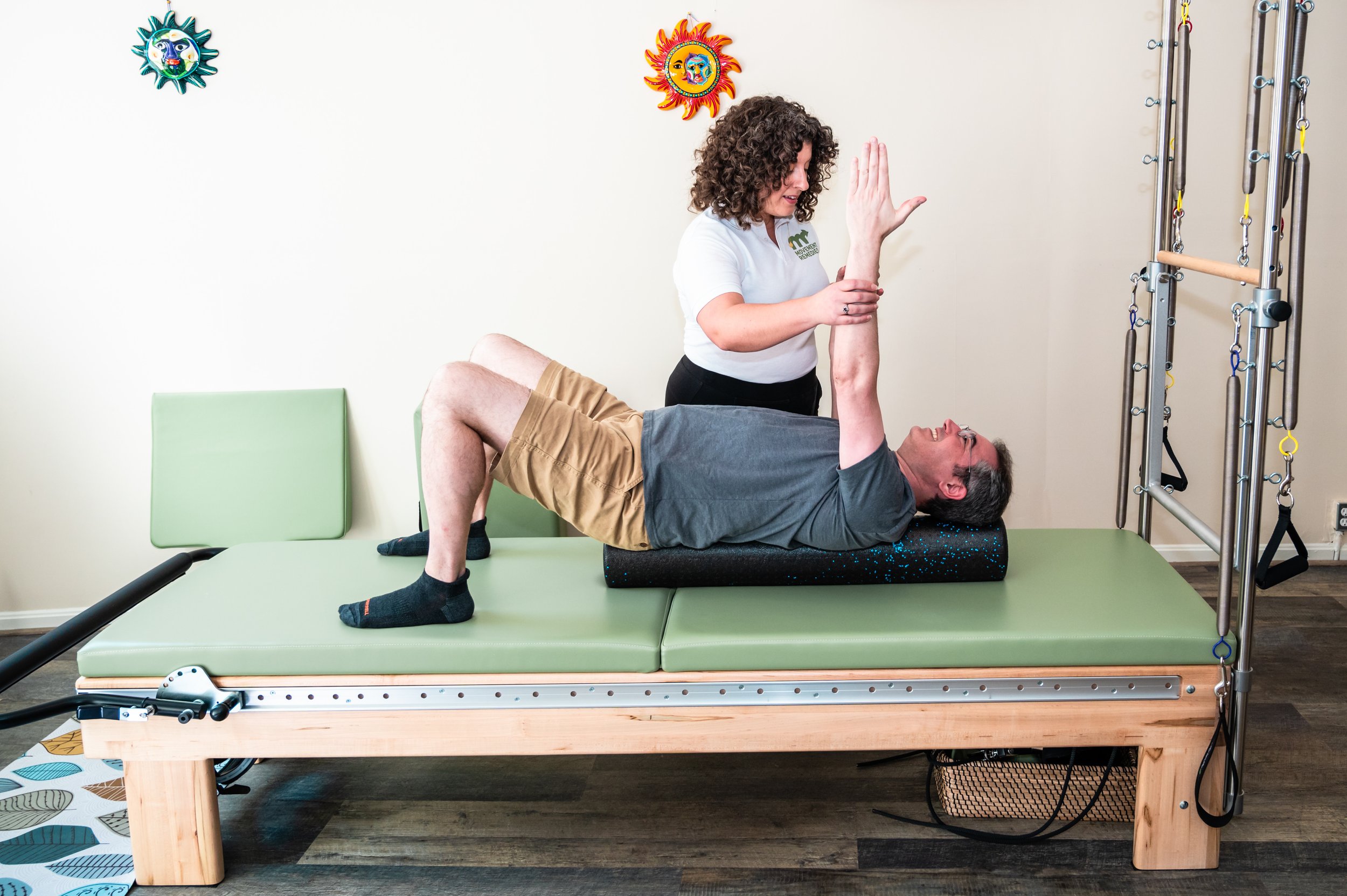
What Makes a Pilates Class Great for Chronic Pain?
Podcast hosts often ask me, “What was it about Pilates, specifically, that was so helpful for your back pain.” I have for years looked back and tried to piece together why those early mat classes were so beneficial. Since that first class I have experienced many teachers and studios and each individual teacher has their own approach, typically informed by their own individual experience and physical hurdles. Some have felt amazing; others, not so much.
Combining my own varied experience of other teachers along with client observations, I put together and have continued to refine my Restorative Pilates Mat format, which is the only kind of mat class I teach at Movement Remedies. This format includes what I believe is the winning formula for a Pilates mat class for musculoskeletal pain sufferers.
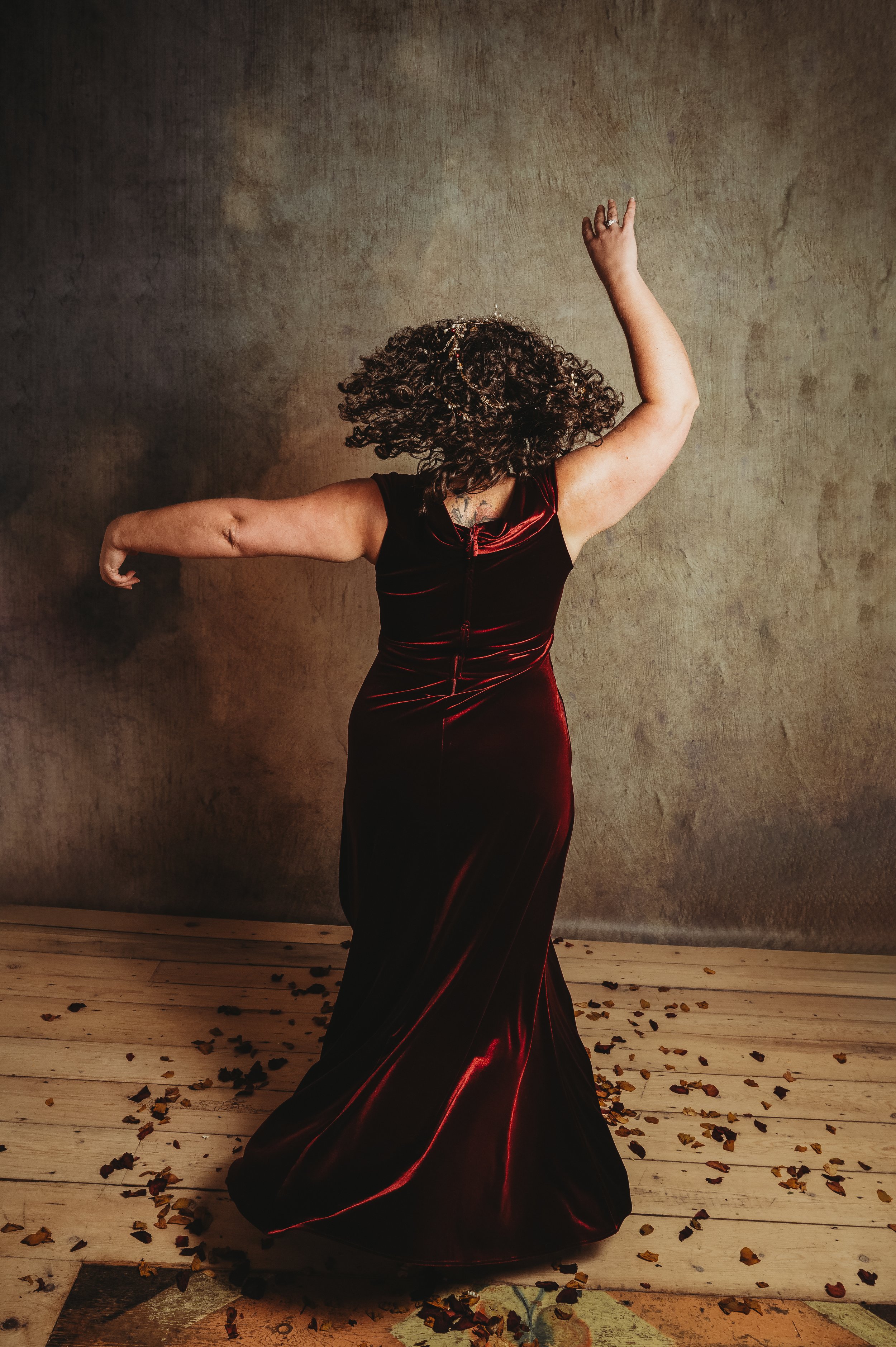
Why I broke up with exercise
For so many years, when I thought of exercise, I thought of an obligation or a task I had to complete. Exercise was synonymous with doing what had to be done to get it over with: putting in sufficient time, steps, calorie burn, etc. in order to make me feel like I had done enough. Exercise was an activity to eliminate guilt. And this made me learn to resent it. This made me naturally invent excuses to get around it. My feelings about exercise as just another activity to help me earn my worth got tangled up with my distorted relationship with food. Little did I know, this transactional understanding of my own value also wove its way into my experience with pain.
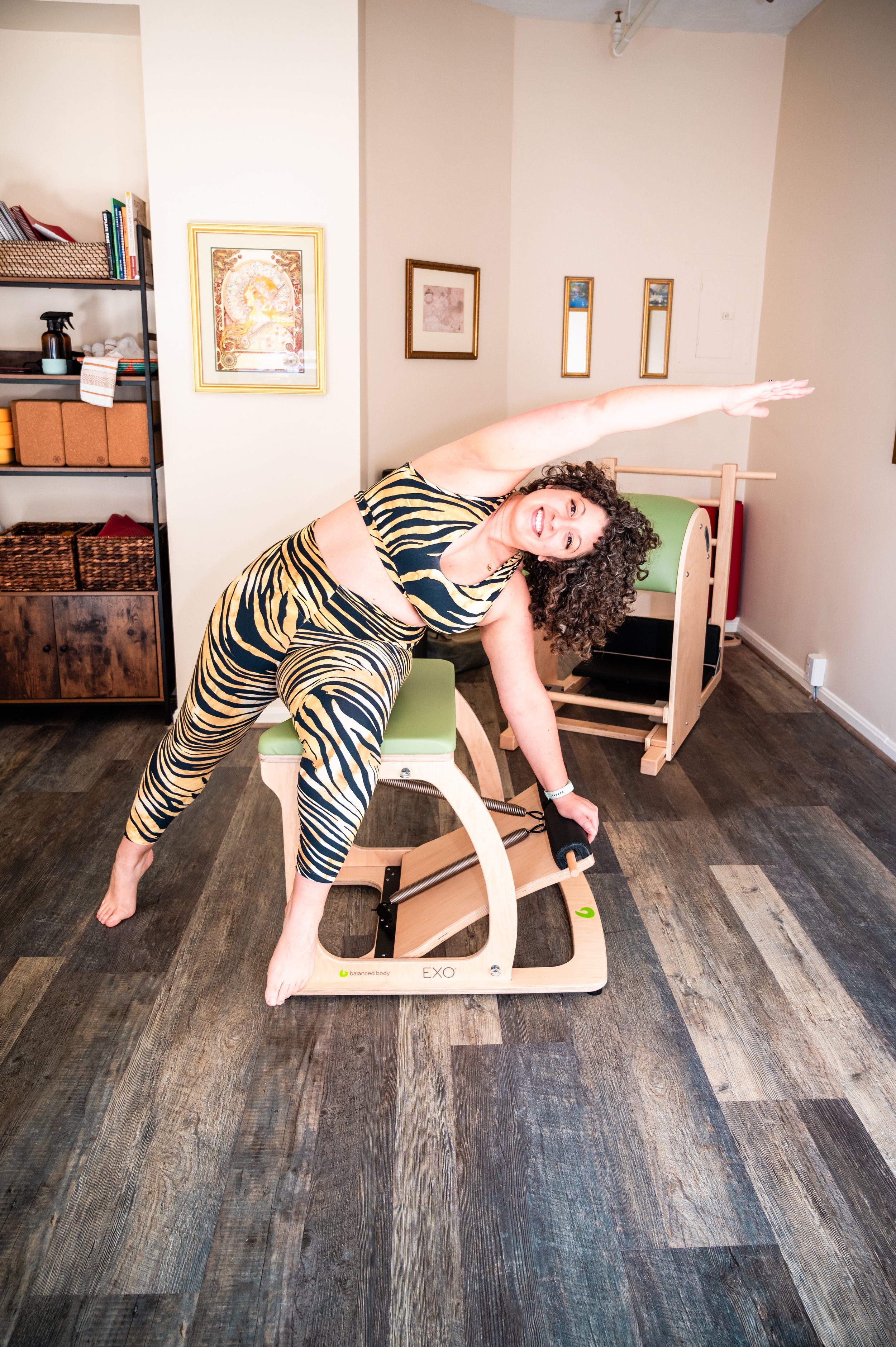
No, Yoga Isn’t Magic (Pilates Isn’t Either)
The idea that we would pick one form of movement as therapeutically superior to another is, in my view, far too narrow and not backed by evidence. It’s not the movements we choose but how that matters. Any kind of movement can be intentional, mindful and oriented towards well-being as the primary goal. I personally find working kettlebells to be therapeutic. I love the rhythm of the swinging and the sense of strength and confidence, as well as the focus that is required. I also enjoy animal flow, dance, Zumba, and swimming. There are many others that have different, but equally valuable, benefits, such as hiking and connecting to nature.
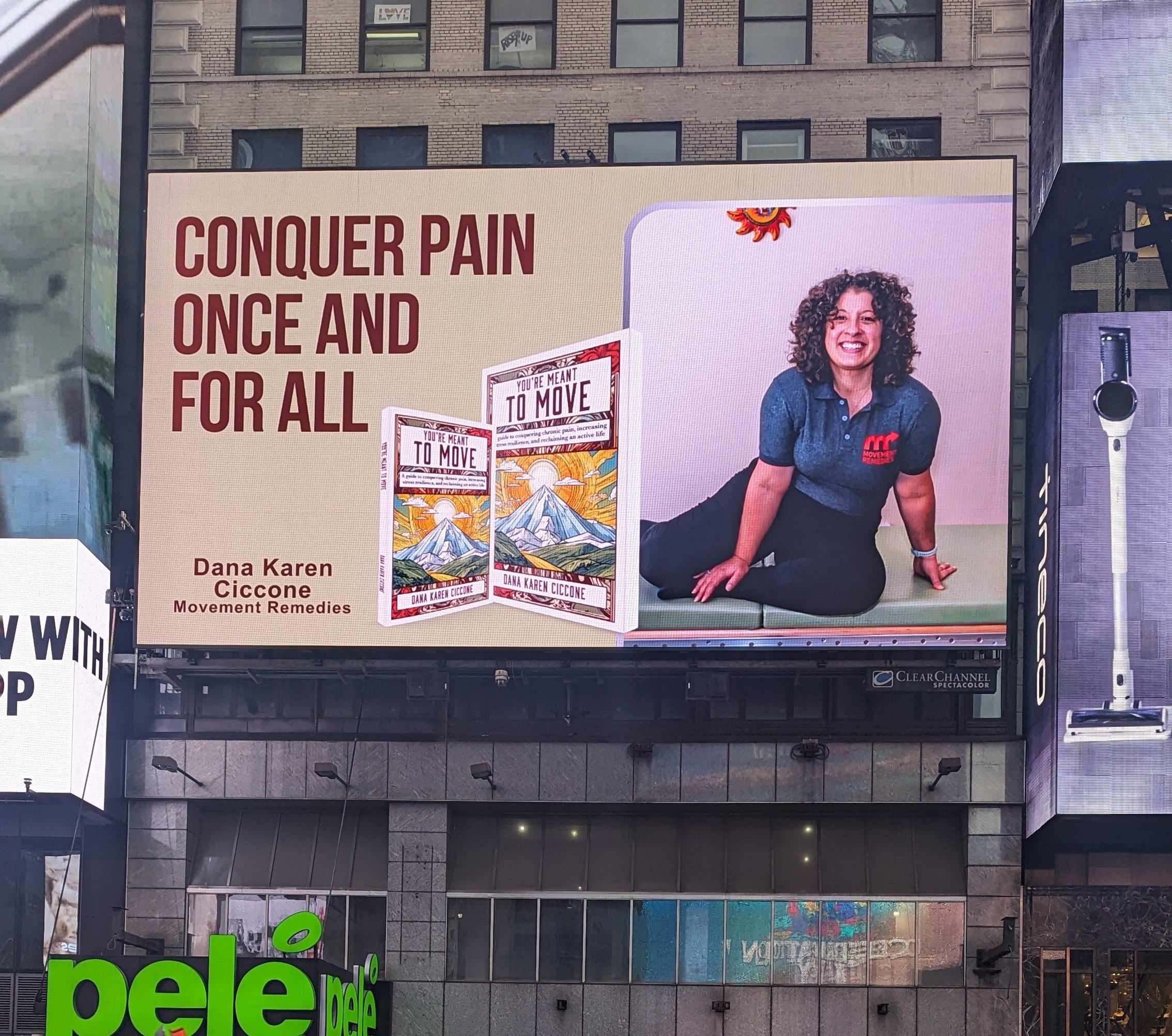
The Four Most Common Questions I Get From Skeptical Pain Sufferers
When I first decided to write a book about my journey with movement after decades of chronic pain, I did not anticipate going on TV to talk about it less than one year later. But as I have spoken to more and more people who–like me–did not think that getting active again was possible in the face of pain, it has become increasingly evident that the message of hope and empowerment that is in You’re Meant to Move needs to get out in the world.
What we discussed in this Wellness Wednesday segment on Boston 25 are the questions I hear most often from people who are skeptical that working with me could help them get active again.
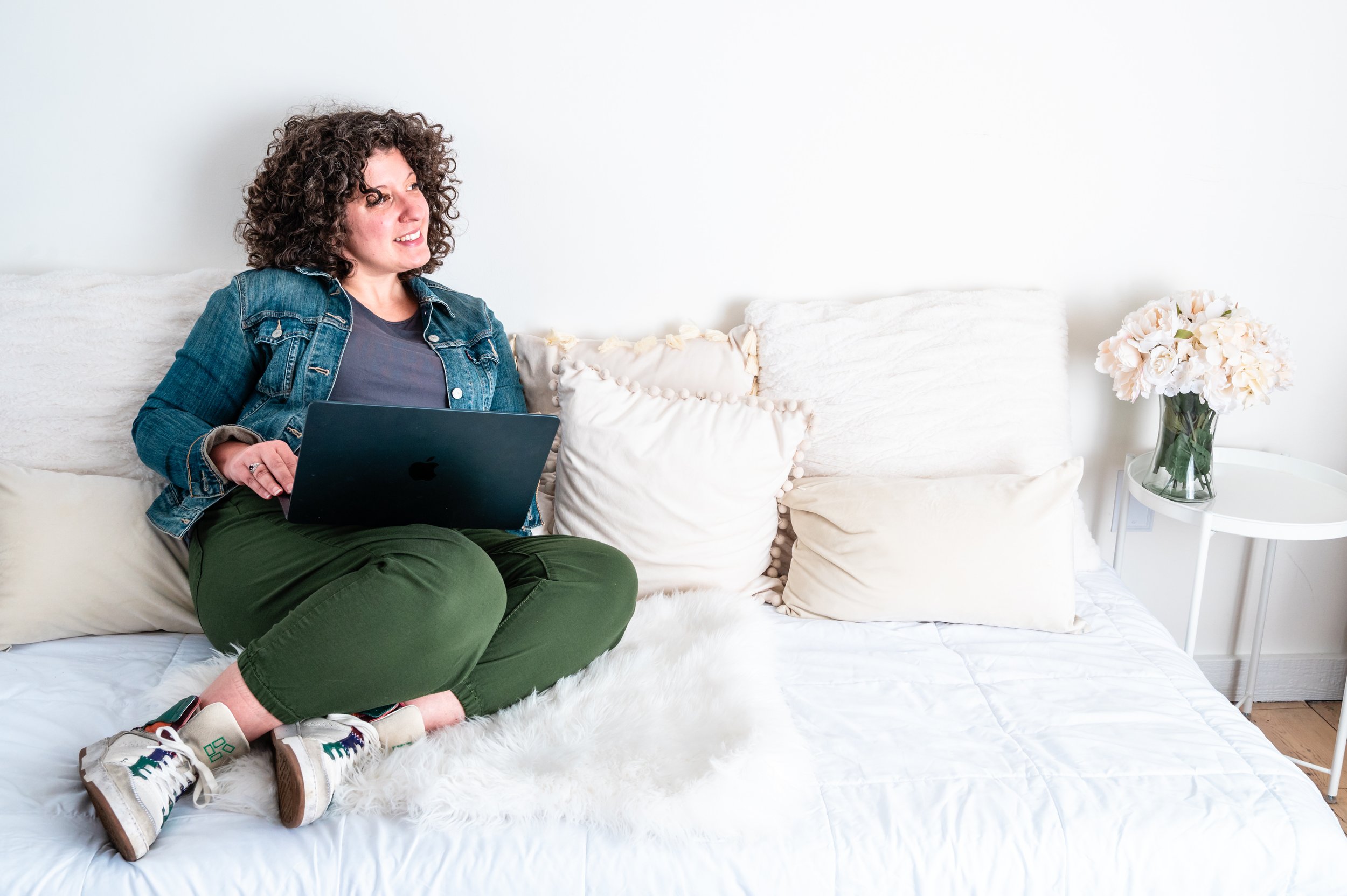
The Underestimated Power of Showing Up
I have been reflecting a lot on the underestimated power of showing up. If you are anything like me, just showing up has never felt like enough. I have always felt like the value of my presence anywhere is variable; dependent upon my performance once I arrive. I mean, it’s logical, I can see the ways in which this is true. I cannot show up to work and refuse to participate in projects or ignore client requests and expect to be successful. But is it possible that we have taken this too far? Does it make sense for the notion of “being your best” to permeate every part of your life, 24 hours a day?
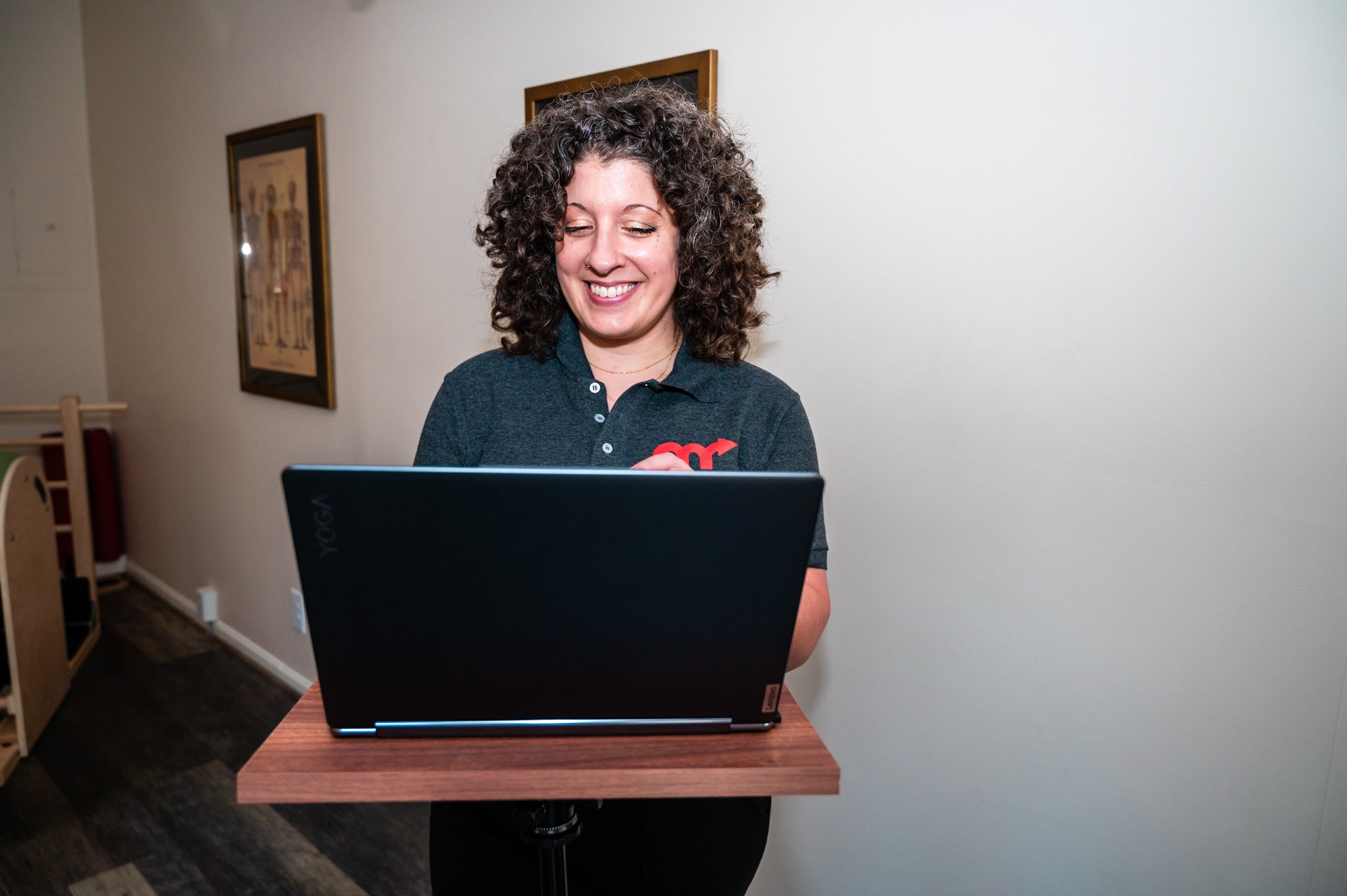
Deep Dive on Peripheral Neuropathy and the Benefits of Movement
In the research I found that peripheral neuropathy patients were usually divided into two groups according to two of the most common causes of this syndrome: diabetic peripheral neuropathy (DPN) and chemotherapy-induced peripheral neuropathy (CIPN). For both groups, exercise was found to be beneficial, either in conjunction with or even as an alternative to standard treatment protocols for peripheral neuropathy.
For DPN, there was a particular emphasis on resistance-based training, but both DPN and CPN populations were found to benefit from the balance- and body-awareness-based kind of exercises that are integral to the Pilates approach to movement. I never cease to be amazed by how far ahead of his time Joseph Pilates was. He really built a system of exercises and equipment that benefits people on the complete spectrum of the human condition.
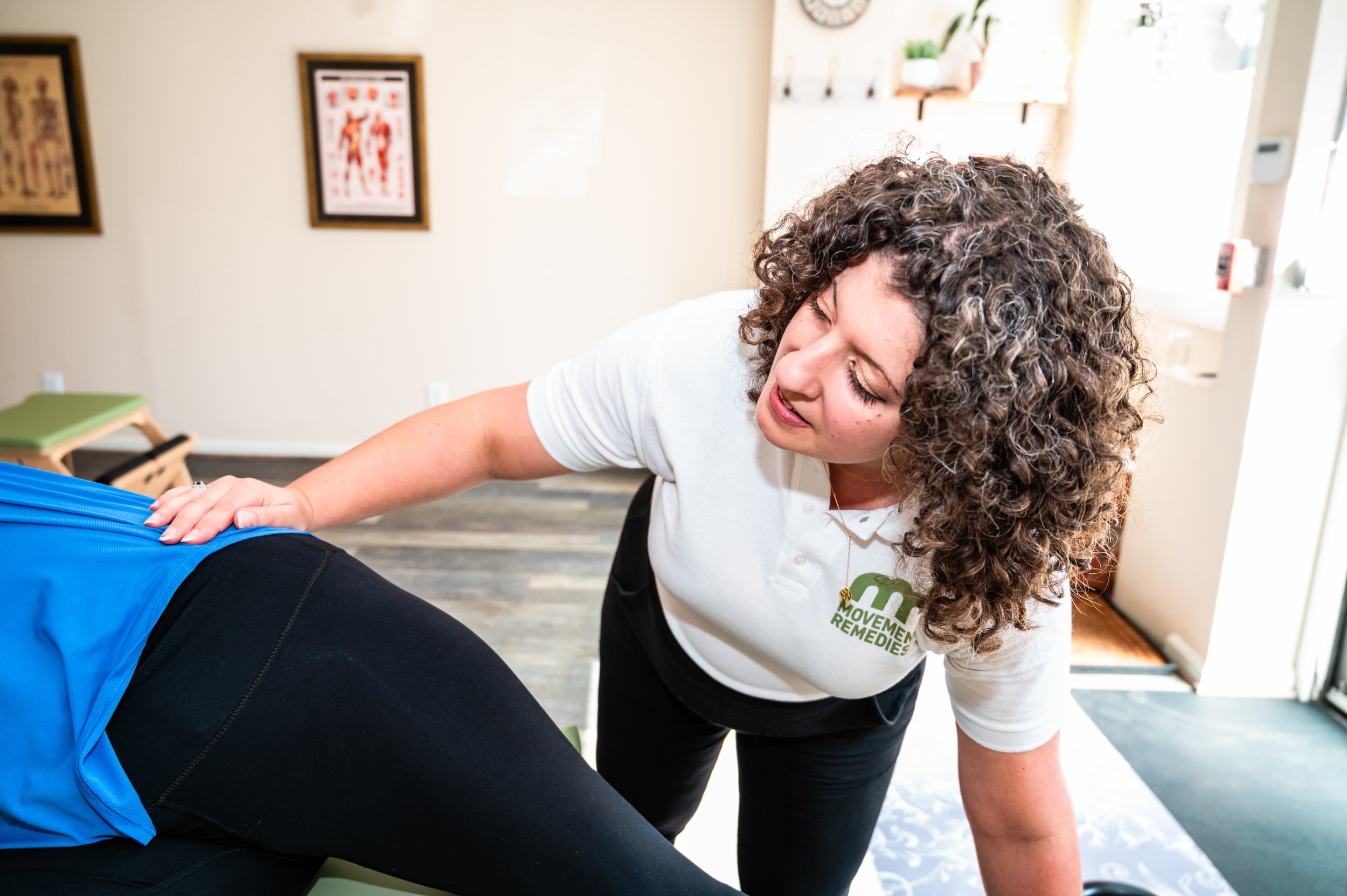
Our Secret Sauce: A Strong Set of Values and No BS
Most people who come here have never done Pilates before. All the complex equipment is foreign and, oftentimes, intimidating. On top of that, most clients have tried a million things already to get out of pain and are at the point of desperation, frustration, indignation–or all of the above! And more than that–I can relate to all of these things and can validate that experience. People are skeptical that anything can help and yet changing that mindset is an essential part of getting comfortable being active. We all want to feel good in our bodies but it’s SO hard to figure out how to get started. Many have never actually felt comfortable and safe in their bodies before.
While people come to Movement Remedies because they have heard about the unique expertise in helping people conquer persistent pain to get moving again, I think they stay because of our core values. It’s not just the novel approach to movement coaching, but how those services are delivered.
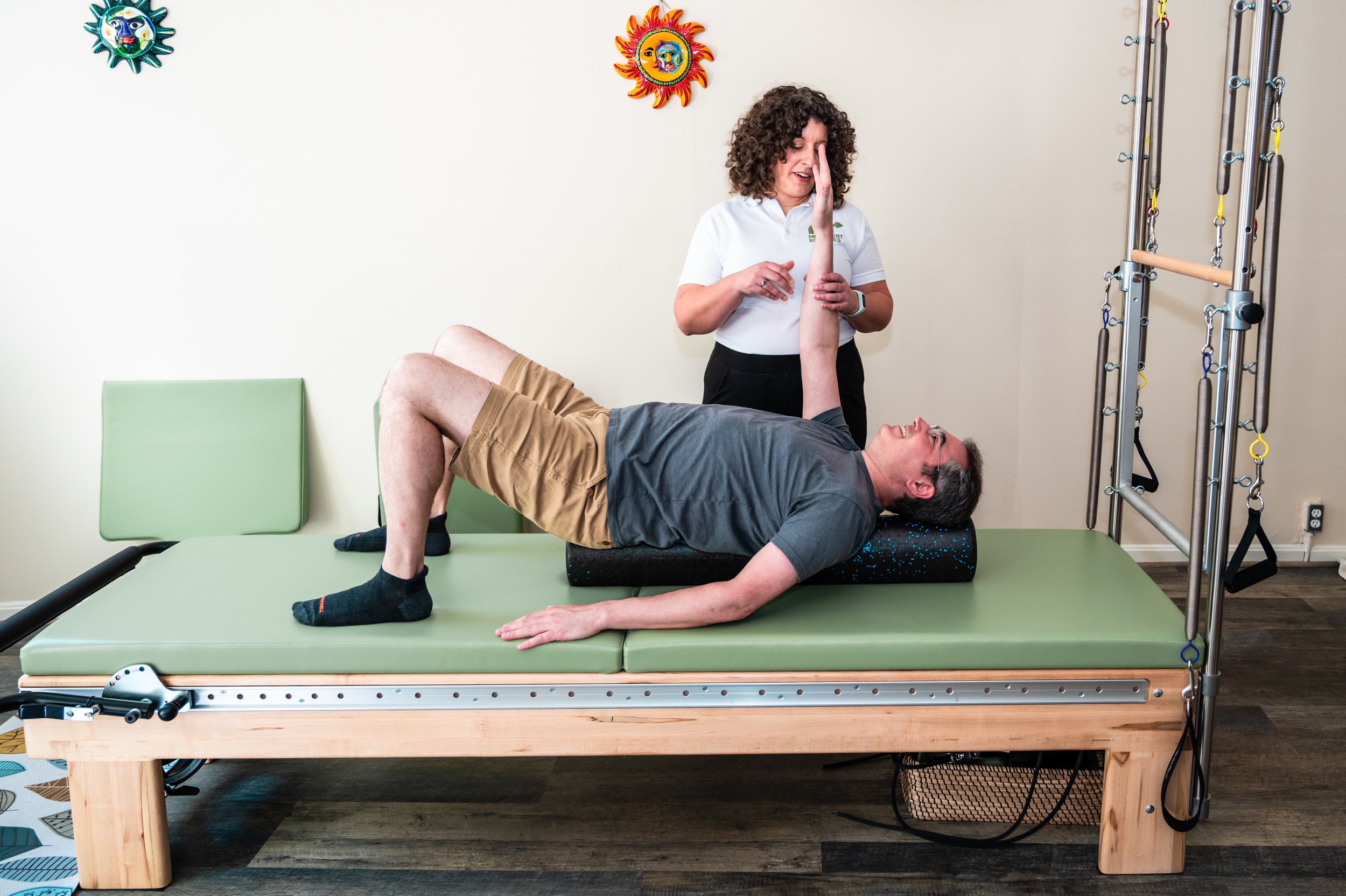
What Movements Help Neck and Shoulder Pain?
I get it, we talk a lot about low back and hip pain around here. Heck, I even have a free movement class on my website explicitly dedicated to low back and hip pain! So what about the rest of the spine, right? Or the whole body while we’re at it? By definition, Pilates is a whole body movement method. But it does have its limitations, especially when it comes to building strength. The standard apparatus–especially things we use in a group setting–are focused mainly on the spine and major joints. But, there are definitely things we can incorporate into our movement practice that helps bring more love and attention to the upper body. This is another area (in addition to the low back) that is frequently the site of chronic pain. So let’s get into it.

Knowing Where to Begin with Movement After Pain
Making progress on movement after pain requires conversation, community and commitment. In this post I answer the following questions from the Movement Remedies Community:
“If you could start with just one thing, what would you recommend that “thing” to be?”
“What are the benefits of consistency v. intensity of movement?”
“How do I know which movement is helping me and which movement is hurting me?”
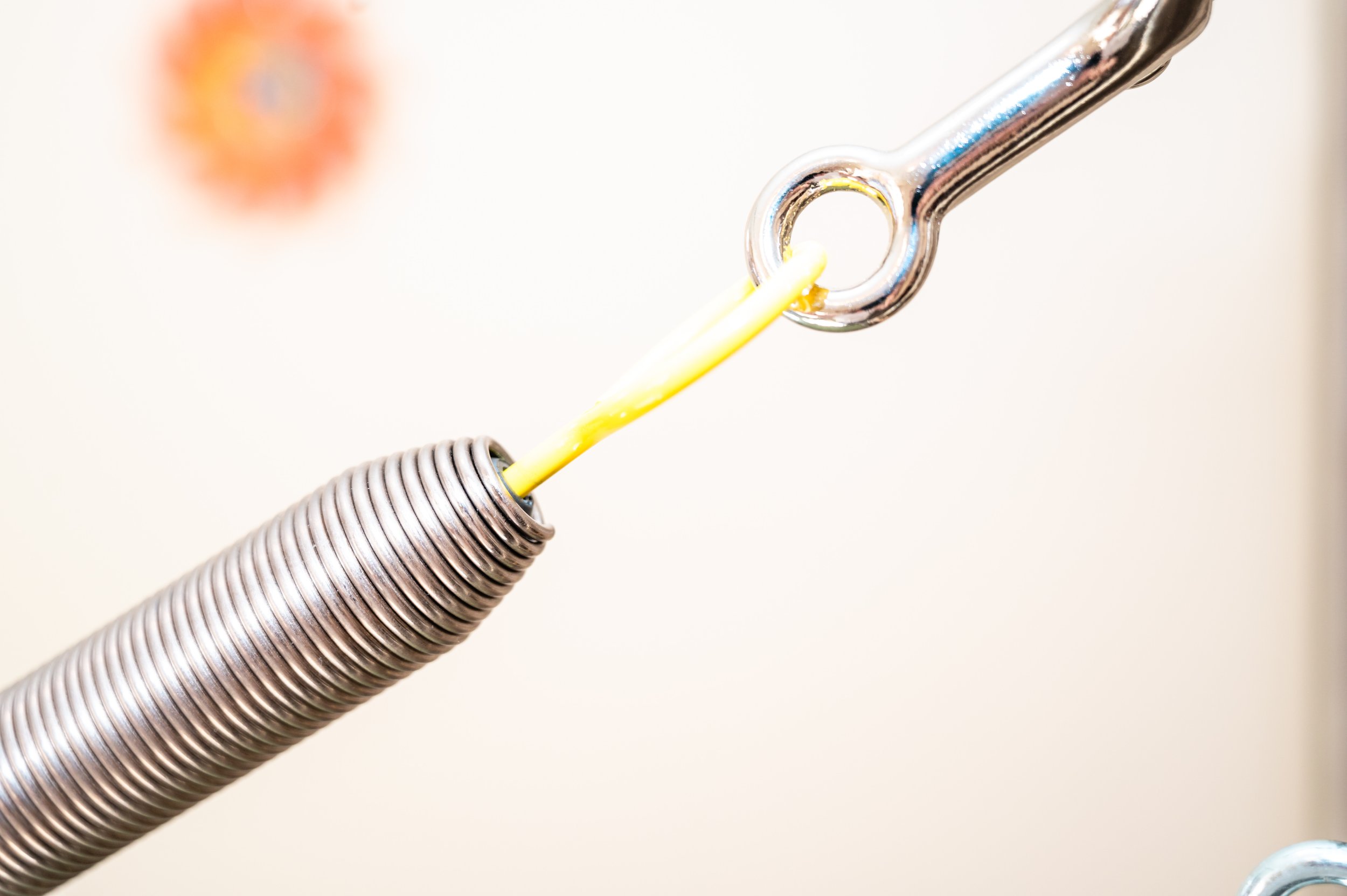
What is Radical Stress Resilience?
But the corporate world wants us to believe that the ability to “manage” stress is just a muscle that you work and strengthen over time. In response to employee burnout and high turnover, executive teams schedule “Stress Management” classes, and chair massages during lunch breaks, and summer picnics with everyone’s families, in order to give the illusion that they are doing everything in their power to make the workplace “fun” and….isn’t that enough?! Surely if you could just lighten up a bit and feel grateful for the free snacks in the break room then the long work hours, the toxic power dynamics and the hostile coworker interactions just wouldn’t bother you so much.
All of this to me smells a whole lot like patriarchy. It smacks of, “Come on, girl,“just relax” in a world whose rules I didn’t write. We entered the workforce and we have made big improvements, but in reality the rules of the corporate game were written long ago by straight, white, men. This whole approach just doesn’t work.
So we’ve got to equip ourselves with some Radical Stress Resilience.
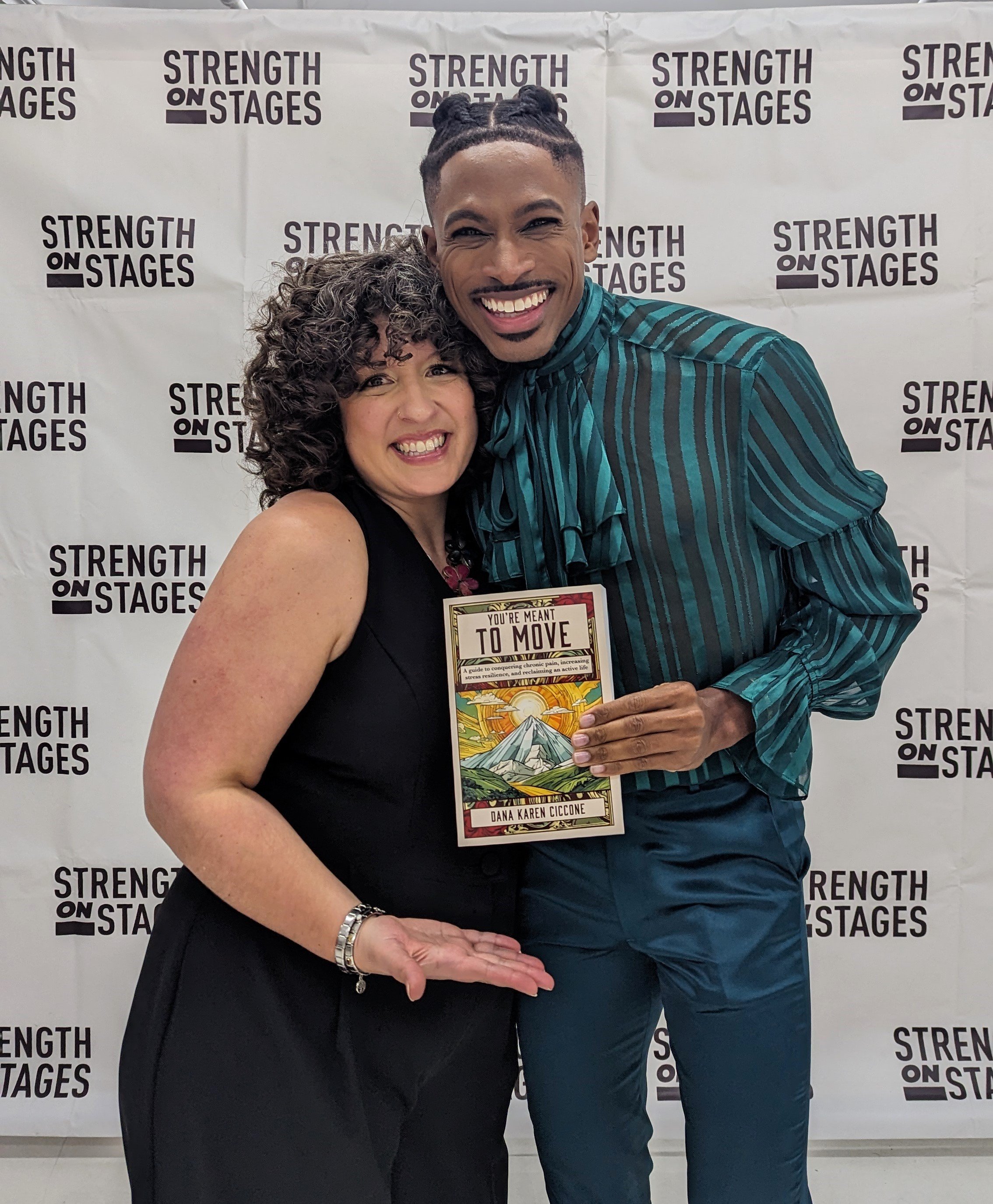
Storytelling: A Powerful Tool for Healing
The stories we tell ourselves form the blueprint of our lives. And the stories we share with the world can change a life. One of the things I have learned is that setting stories free is a path to healing, to transformation and to freedom. Stories must be tested. Storytelling tests us as well. So much of what we allow ourselves to achieve and to feel in our lives is connected to stories – maybe those we have been told or the ones we tell ourselves, or both.

Thoughts on My First Book Release!
The day has finally come: my very first book is on sale on Amazon as of this morning. If I am being honest with myself, this feels rather anticlimactic. The journey of writing a book has been such a rollercoaster with emotional highs and lows–but also incredibly tedious. I have a new-found respect for those who take on the challenge of self-publishing because there is so much that goes on behind the scenes.
But here she is. Clear as day. Out in the world for all to see (stomach starts turning). While I have no idea what exactly will come next I have this great big audacious goal of helping 5,000 people reclaim the joy of movement that pain once stole, through this book.
